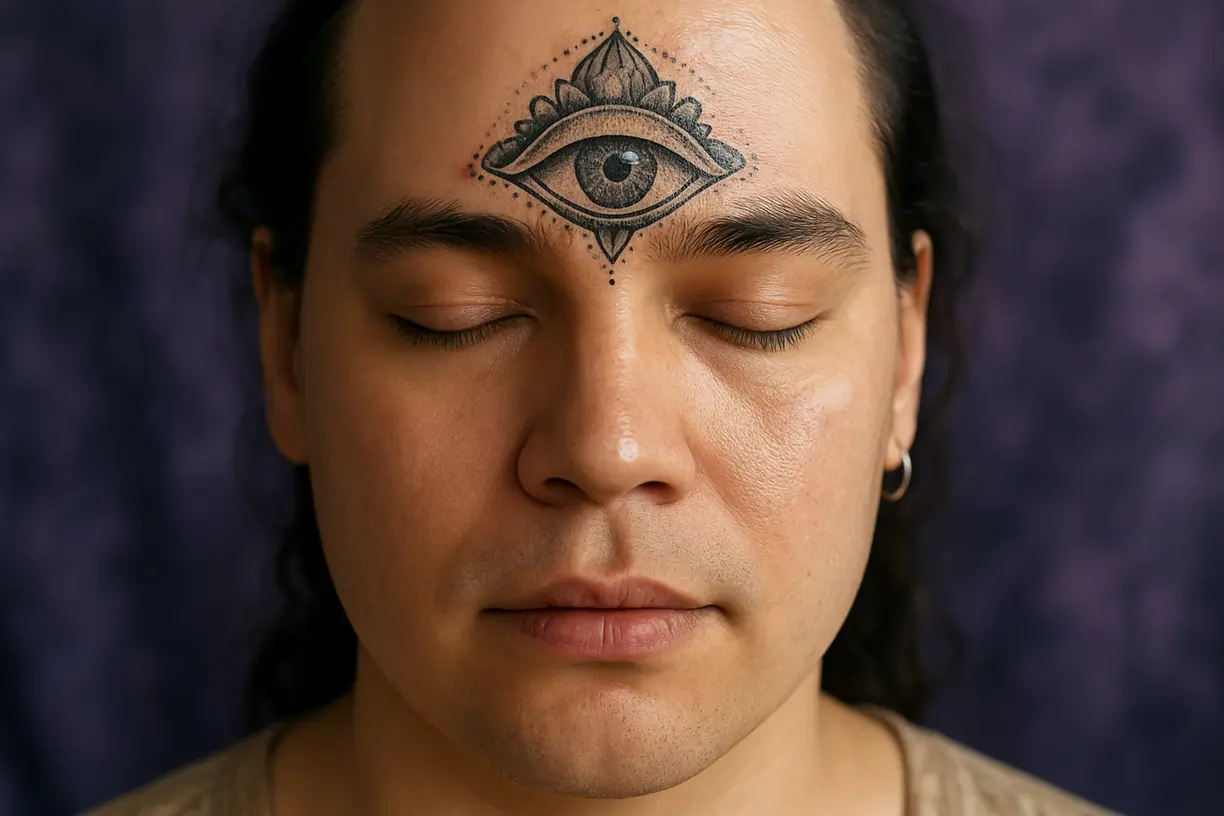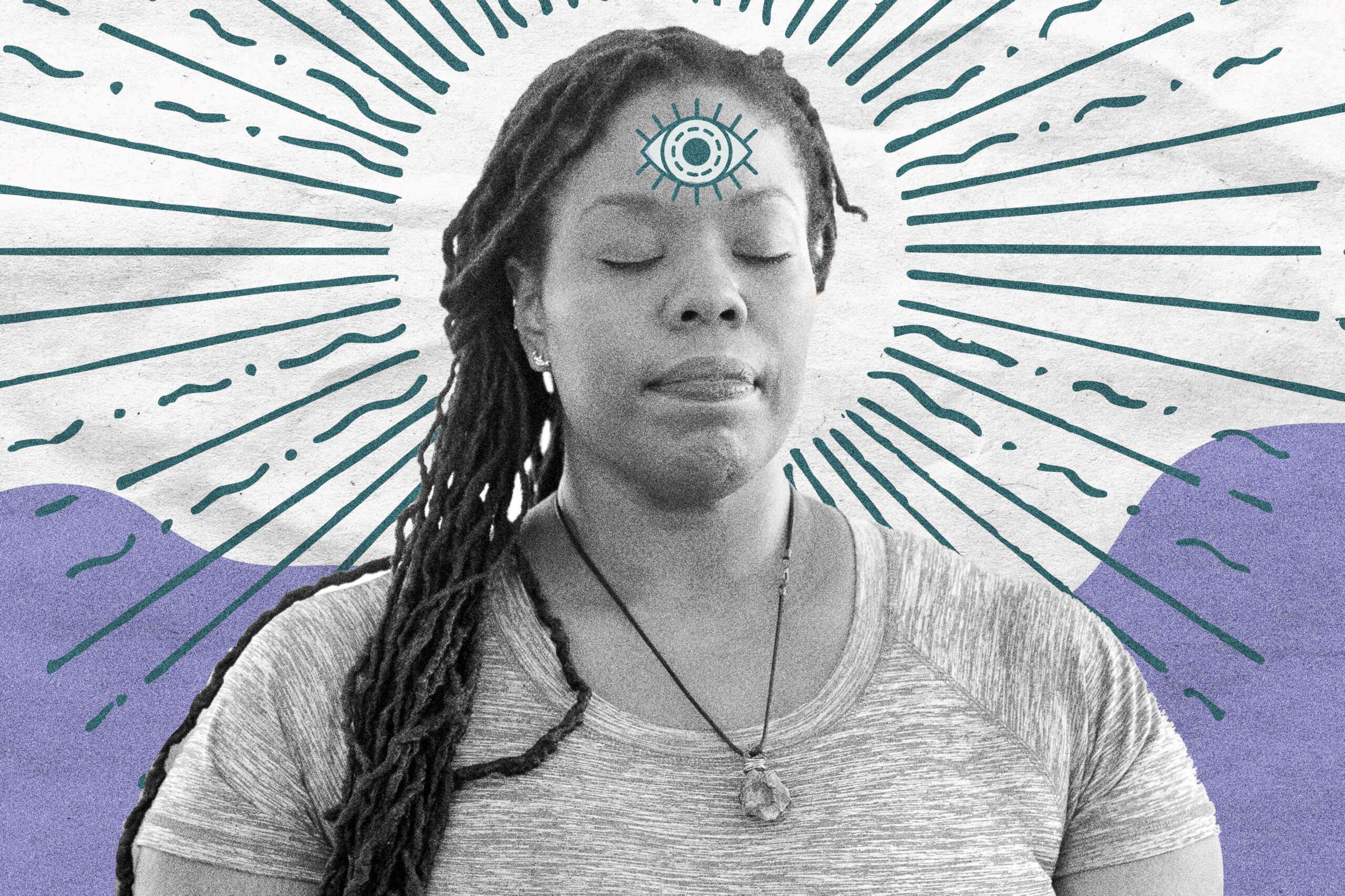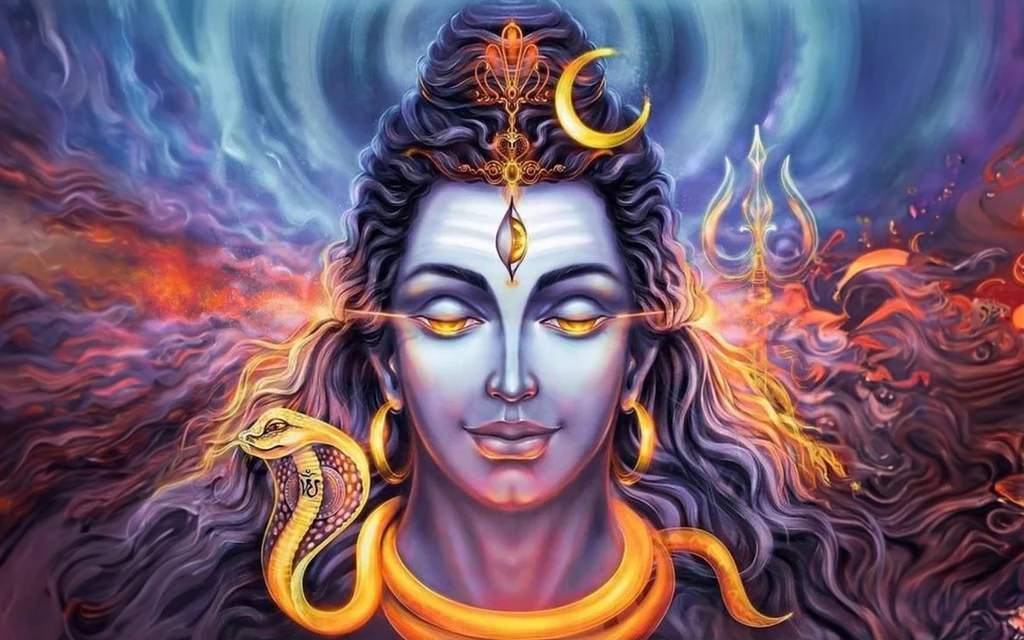The concept of the “third eye” has existed for thousands of years across many spiritual and philosophical traditions. Often associated with the space between the eyebrows, this mystical inner eye is believed to be a gateway to higher consciousness, intuition, and spiritual insight. In Hinduism, it is connected to the Ajna chakra—one of the seven main energy centers in the body—and is said to govern clarity of thought and inner vision. In Buddhist iconography, enlightened beings are often depicted with a symbolic third eye, representing their awakened state. Meanwhile, ancient Egyptian texts refer to the “Eye of Horus,” which some interpret as a symbol of spiritual perception and protection.
Though different cultures describe it in varied ways, the common thread is that the third eye represents a deeper kind of seeing—not with the physical eyes, but with the mind or soul. In meditation, awakening the third eye is often a metaphor for becoming aware of subtler aspects of experience and gaining greater insight into oneself and the nature of reality.

The Role of the Ajna Chakra in Meditation
In yogic traditions, the third eye is closely linked to the Ajna chakra, located in the center of the forehead. This energy center is believed to be the seat of intuition, wisdom, and imagination. When this chakra is balanced and activated, individuals may experience enhanced focus, a sense of inner calm, and even moments of spiritual clarity or vision. Meditation practices that focus on the Ajna chakra often involve visualizations, silent concentration on the forehead area, or the repetition of mantras like “Om”—a sacred sound believed to align the mind and spirit.
Some meditators also use crystals, such as amethyst or lapis lazuli, to help stimulate this area, or engage in breathwork exercises designed to direct energy to the third eye. These practices are not meant to create supernatural experiences, but rather to deepen awareness and cultivate a more intuitive, centered state of being.

Awakening Awareness, Not Escape
While the idea of opening the third eye can sound mysterious or even mystical, in practical terms it’s about becoming more present and observant. It’s not about escaping reality, but about seeing it more clearly—beyond distraction, fear, or illusion. Meditation that focuses on third-eye awareness encourages people to step back from habitual thinking and observe their inner landscape with honesty and curiosity.
By tuning into this deeper sense of perception, meditators often find a greater connection to their inner guidance, a clearer sense of purpose, and an ability to navigate life with more clarity and compassion.

